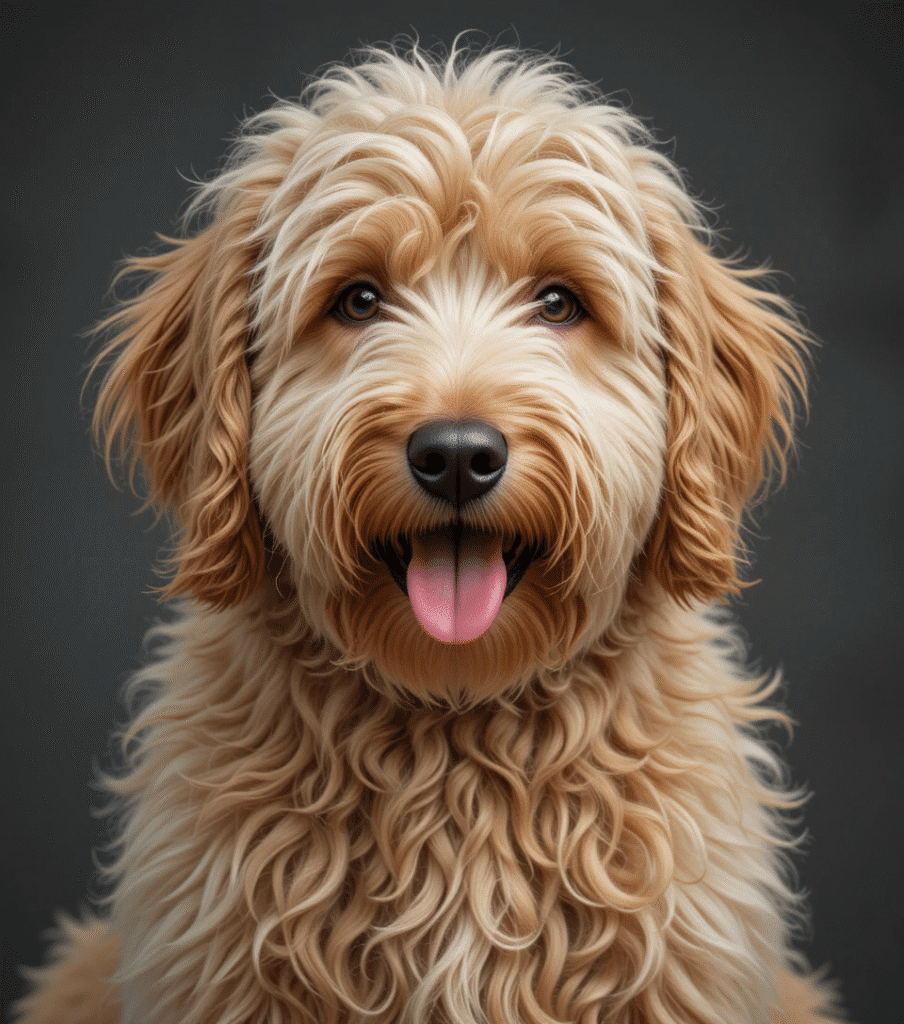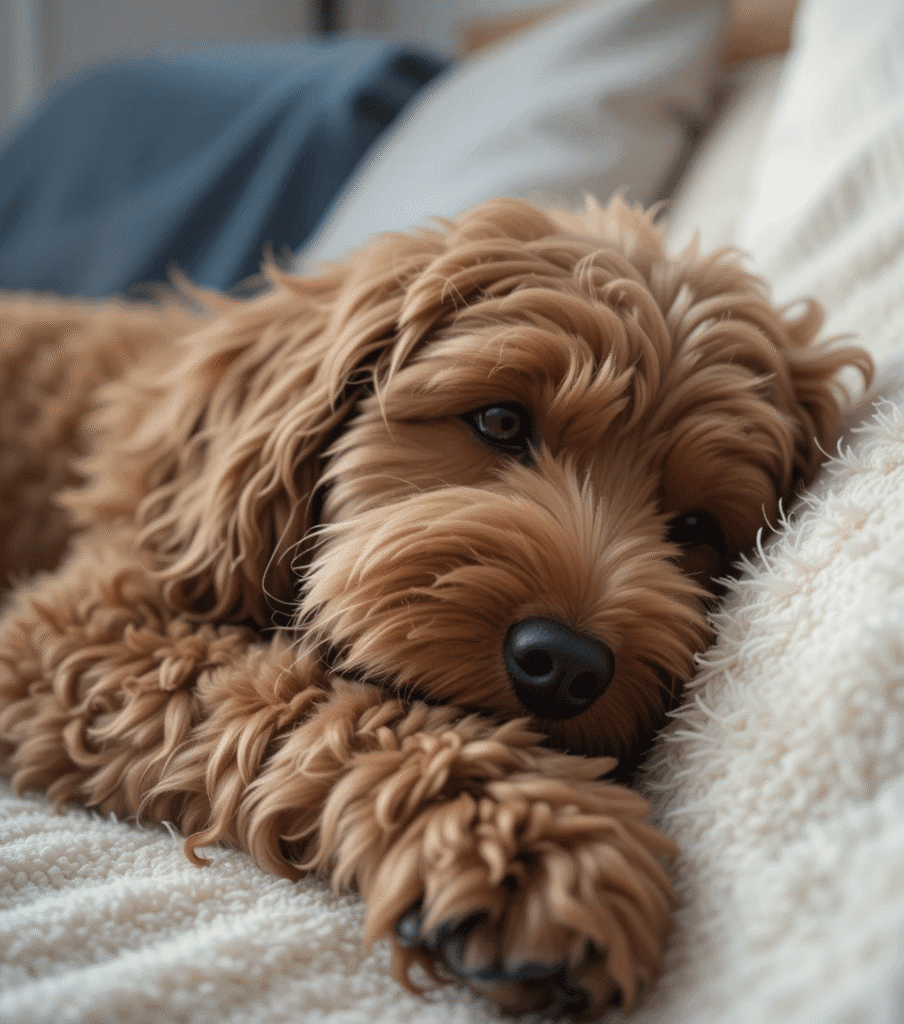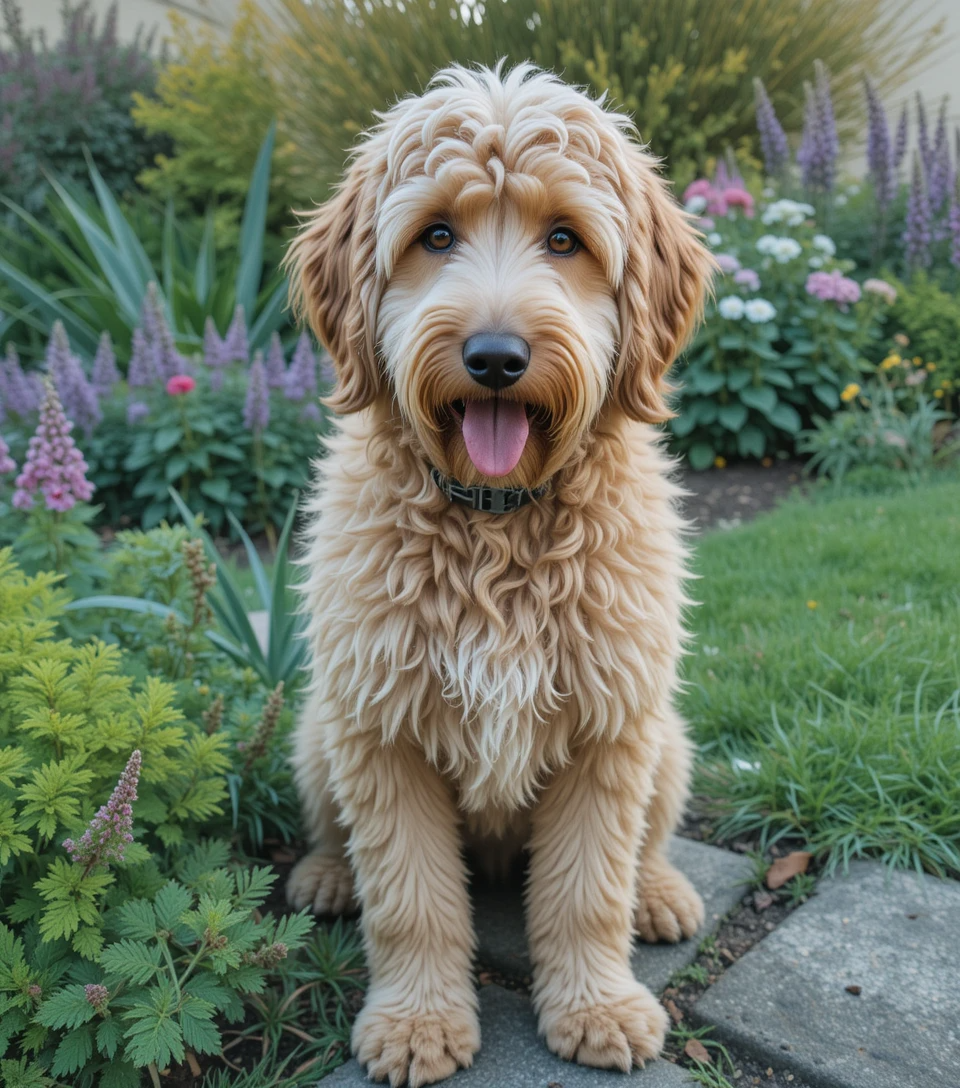When I first brought home my Long Haired Labradoodle, I was blown away by how cheerful, affectionate, and downright captivating this little pup was. Although I own a Mini Chocolate Labradoodle, I’ve spent plenty of time around the long, curly, and wavy coated variety—especially the long-haired ones. These fluffy, teddy-like companions aren’t just easy on the eyes; they truly embody charm and warmth in every wag. You’d think their looks demand a lot of maintenance, but that’s just one of the myths I love to clear up. Sure, grooming is part of the routine, but nothing overwhelming. In fact, understanding what owning one entails makes it all the more rewarding.
I often share that this lovable breed is a hybrid of the Labrador Retriever and the Poodle, and it all started in Australia around 1988. What amazes me is how this mix of intelligence, trainability, and low shedding has made Labradoodles a household name worldwide. My own pup’s demeanor is infectious, and I’ve seen the same vibrant energy in many others, no matter their coat type.
When you’re walking your dog and strangers stop to admire its appearance, you know you’ve got something special. These dogs have truly taken the dog world by storm. So if you’re ready to buckle up for a joyful, cuddly ride, just know that the scoop on long-haired Labradoodles is far more delightful than daunting.
Table of Contents

Understanding the Long Haired Labradoodle Breed
What Makes the Long Coat So Special?
Having raised a Mini Chocolate Labradoodle myself, I’ve noticed how people often fall in love with the fluffy, adorable look of the long, curlier coat that sometimes shows up in the breed. While my own pup sports a tighter wave, I’ve cared for Labradoodles from a large group where a few had truly luscious, flowing coats that turned heads at the park. These coats don’t just happen by chance—they come down to genetics and whether the dog inherits more from its Poodle or Labrador Retriever side.
That mix, known as cross-breeding, creates varied fur lengths, and when you get that perfect blend, you get what many would call an irresistible furball. Grooming can be a task, but it’s also great bonding time. With daily brushing, you’ll prevent matting, manage tangling, and enjoy quiet moments with your furry companion.
Beyond looks, these dogs bring joy through their gentle nature and endless energy levels. Whether playing in the yard or snuggling with their families, long-haired Doodles are full of life and personality. My experience training them showed how much intelligence and, yes, even a little poodle stubbornness, they carry. Still, the key is patience, and you’ll find that training becomes not only doable but truly rewarding.
Each pup is unique, even within the same breed, and part of the fun is discovering their little quirks. They’re far from your average doodle—more like joyful little creatures with their own lovable traits. If you’re someone who loves dogs with high energy, playtime enthusiasm, and endearing charm, a long-haired Labradoodle—rare as they may be—could easily steal your heart.
Grooming Tips for Your Long Haired Labradoodle
One of my favorite parts about living with a Mini Chocolate Labradoodle is the time I spend grooming. These adorable, furry little companions may be small, but they come with just as much coat care as the long haired Labradoodle. Their fluff is dense and soft, and regular brushing is the secret to keeping them looking sharp. I personally use a slicker brush and go over my pup’s coat at least 3-4 times a week, paying close attention to tricky spots like behind the ears and under the legs. It’s all about consistency, which helps prevent matting and keeps their coat healthy and smooth. And of course, this is prime bonding time for both of us.
Bath time is another big piece of the puzzle, though I’ve learned the hard way that over-bathing leads to dry skin. I stick to once every 2-3 months, unless a messy muddy day out in the yard calls for an extra rinse. I always go with a gentle, dog-specific shampoo that respects the skin’s pH. For trimming, I keep the hair around the eyes and paws tidy to prevent discomfort and help with movement. If I’m ever unsure, I don’t hesitate to call in a professional groomer.
And let’s not forget the inside-out part of coat care—hydration and a balanced diet. Plenty of fresh water and a bit of wet food keeps my pup’s coat shiny and soft. With these simple grooming tips, your labradoodle—no matter the size—will keep turning heads.
Common Health Issues in Long Haired Labradoodles
Even though the Mini Chocolate Labradoodle is smaller than the standard long-haired Labradoodles, it’s still important to watch for health issues that could affect their quality of life. I’ve seen how even a tiny change in behavior or physical condition can signal something bigger. One thing I always keep in mind is hip or elbow dysplasia—yes, even mini breeds can develop this developmental disorder, which causes a loose joint, pain, and even early arthritis.
With their shaggy hair, these pups may also be more prone to eye disorders like cataracts or Progressive Retinal Atrophy (PRA), a sneaky condition that leads to blindness without early symptoms. My own doodle had a mild case of dermatitis triggered by pollen and dust mites, and constant itching made grooming tough.
Then there’s Addison’s disease, a more serious but lesser-known issue tied to the adrenal glands and hormone production—something that can affect digestion, heart rate, and other vital body functions. No matter the size, every pup is unique, so I stick to a routine of a healthy diet, regular vet check-ups, and loads of love. That’s helped me catch small changes early and avoid bigger problems. These little furry friends might not face every issue that large dogs do, but being alert and proactive can make all the difference in keeping your baby healthy and happy for years to come.
Is a Long Haired Labradoodle Right for You?
If you enjoy active days filled with hikes or long walks around your neighborhood, a Long haired labradoodle can be your perfect four-legged friend. These pups bring plenty of energy to share your adventures and love being part of your daily life. Just remember, grooming is important—regular brushing every couple of days and occasional visits to a professional groomer keep their coats looking great. Plus, they need both mental stimulation and physical exercise to stay happy and healthy. Without enough attention or brain-engaging activities, they might get bored and start chewing on your shoes or other things around the house.
One great thing about this breed is their mostly hypoallergenic coats, which helps people with allergies enjoy their company more comfortably. However, no dog is 100% hypoallergenic, so it varies by individual. Owning any dog, including a Mini Chocolate Labradoodle, means embracing both the responsibilities and the endless joy and companionship they bring. Every pup deserves love and care throughout their lifetime, whether their fur is short or as fuzzy as a teddy bear. So if your lifestyle fits their needs for exercise, grooming, and mental play, this charming dog could be the perfect addition to your family.
Can Labradoodles Have Long Hair?
Yes, Labradoodles can absolutely have long hair, especially if they inherit the fleece or wool coat type. The length and texture of a Labradoodle’s coat can vary significantly depending on their genetic mix of Labrador Retriever and Poodle. Long-haired Labradoodles typically have soft, flowing waves or loose curls, which give them a teddy bear-like appearance. These luxurious coats are often one of the reasons why this breed is so popular among dog lovers.
However, long-haired Labradoodles require more grooming than their short-haired counterparts. Their coats are prone to tangling and matting if not brushed regularly, especially around the ears, chest, and underbelly. Regular grooming, including brushing at least 3–4 times a week and professional trimming every few months, is essential to keep their coat healthy and looking its best. If you’re considering a long-haired Labradoodle, be prepared to invest time and effort into their coat maintenance.

What Is the Downside to a Labradoodle?
While Labradoodles are known for being friendly, intelligent, and hypoallergenic companions, there are a few potential downsides to consider. One of the main challenges is their high grooming requirements, especially if they inherit a dense fleece or wool coat. These dogs also have high energy levels and need plenty of daily exercise, mental stimulation, and social interaction. Without it, they can become bored or develop destructive behaviors.
Another downside is the unpredictability in coat type, temperament, and health, especially in first-generation Labradoodles. While reputable breeders work to minimize this, there is still a risk of inherited health issues such as hip dysplasia, allergies, or eye problems. Additionally, Labradoodles thrive on companionship and may suffer from separation anxiety if left alone for long periods. Prospective owners should consider these factors carefully before bringing a Labradoodle into their home.
Do Fleece Coat Labradoodles Shed?
Fleece coat Labradoodles are known for being low-shedding, making them a popular choice for families with allergies. Their soft, wavy coats typically trap any loose hairs, reducing the amount of fur that ends up around your home. While no dog is completely hypoallergenic, fleece-coated Labradoodles are often a better fit for allergy-sensitive households compared to other breeds.
However, it’s important to understand that low-shedding doesn’t mean no grooming. The fleece coat can become matted easily if not brushed regularly, as the loose hairs stay in the coat rather than falling out. Weekly to bi-weekly brushing, along with occasional professional grooming, is necessary to keep the coat clean, healthy, and mat-free. With the right care, fleece-coated Labradoodles can remain both beautiful and comfortable.
Is a Labradoodle a High Maintenance Dog?
Yes, Labradoodles are generally considered high maintenance, especially when it comes to grooming and exercise needs. Their coats, particularly fleece and wool types, require frequent brushing, regular baths, and professional grooming every 6–8 weeks. Skipping grooming sessions can lead to painful mats and skin issues. If you’re not ready to commit to this routine, a Labradoodle may not be the right fit for your lifestyle.
Beyond grooming, Labradoodles are also high energy dogs that thrive on activity and interaction. They need daily walks, playtime, and mental stimulation to stay balanced and well-behaved. Their intelligence and eagerness to please make them highly trainable, but also means they can become bored easily without proper engagement. In return for your time and attention, Labradoodles offer unwavering loyalty, affection, and companionship.
Raising a Chocolate Labradoodle 23Tips&Facts(With Images)
Black Labradoodle Puppy Breed Info, Facts & Images 2025

